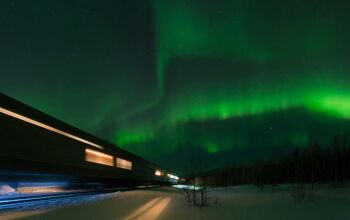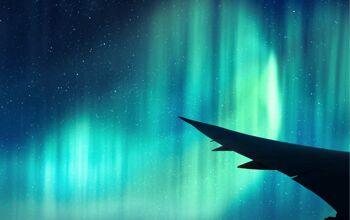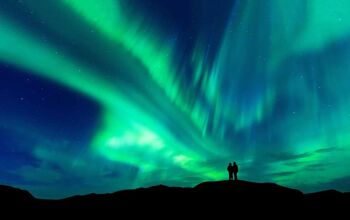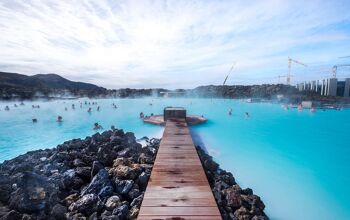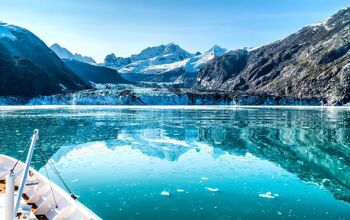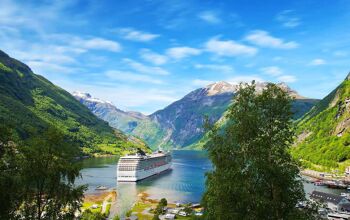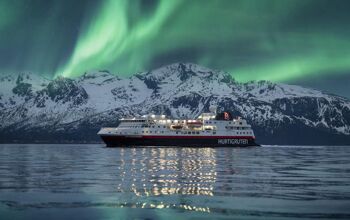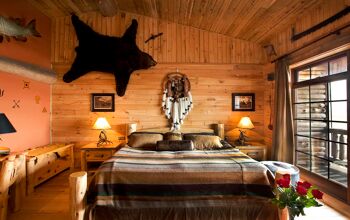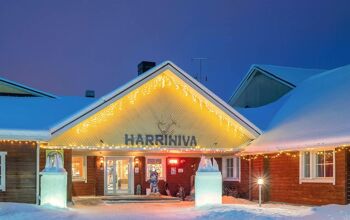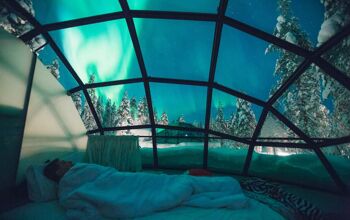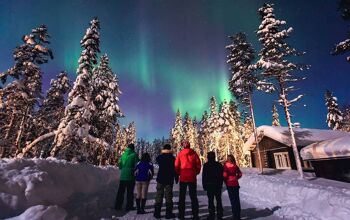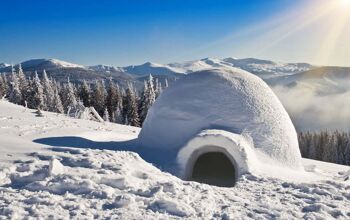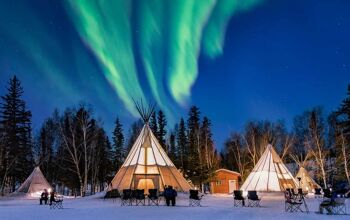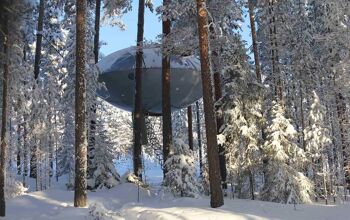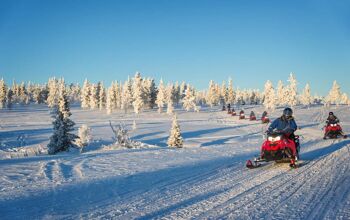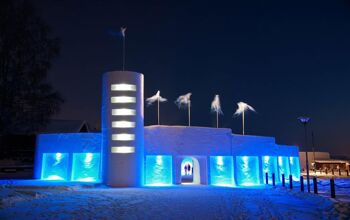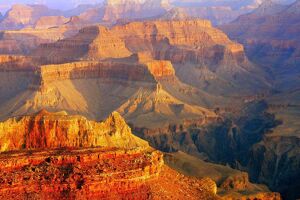What causes the Northern Lights?
The phenomenon occurs when electrically-charged particles from the sun are carried in the solar wind to Earth, where they collide with gaseous particles in Earth’s atmosphere. The energy released from those collisions is emitted as billions of small sparks, creating the effect we see. It occurs on other planets too.
When can you see the Northern Lights?
The atmospheric shin-dig happens throughout the year – every time a solar wind arrives bringing ions with them. Spring and Autumn are therefore usually best – as you need clear skies which are, of course, harder to come by in winter.
Natural light in summer months or any man-made light pollution also dilutes their visual impact and makes them harder to see. You need a dark, inky black sky, as far away from any urban centre as possible.
Still, the Northern Lights are notoriously fickle performers; they can appear anytime, anywhere. But if you’re in the right part of the planet, at the right time of year, for more than a couple of days, your chances of seeing them are excellent.
You also don’t need to stay up all night hoping they show up. The build-up of energies that give rise to the lights is closely monitored, such that impending displays can be accurately predicted by monitoring stations. Many hotels and tour operators use their forecasts to offer a handy alert service, so you can be gazing skyward for that first ethereal streak. You can also sign up for your own alerts (Europe only) with the free Aurora Service.
Where are the best destinations to see the Northern Lights?
If you’re thinking of a holiday or vacation to see the Northern Lights, below we’ve listed the best destinations to see them, the recognised global hotspots. They’re all located in the Aurora Belt, are all accessible (some more than others), and all have a wide range of accommodations, tours and experiences specifically set up for seeing the Lights.
Alaska, USA
The US’s westernmost province, neighbouring the Yukon, is a pristine wilderness renowned for raw, remote beauty and dreamy snow-capped mountain vistas. Cruises to the region are not only the best way to access this vast landscape, but they also provide outstanding Northern Lights viewing from the comfort of a deckchair – or hot tub. See our summary of where to see the Northern Lights in Alaska.
Iceland
Iceland is a land of striking volcanic topography, creating some of the most spectacular Northern Lights-lit landscapes. Just outside of the capital Reykjavik, the skies are perfectly dark. Cruise around its circumference, hike on glaciers, 4WD through harsh volcanic landscapes, whale watch or just soak in the Blue Lagoon. See our summary of where to see the Northern Lights in Iceland.
Lapland, Finland
Lapland’s vast wilderness is about as far from civilisation as you can get in mainland Europe, with star-studded, inky black skies, and offers Scandinavia’s best displays. Pair the Northern Lights with snowshoe safaris, reindeer sled rides, ice fishing, husky dog sledding – or an outdoor Finnish smoke sauna. See our summary of where to see the Northern Lights in Finnish Lapland.
Norway’s western coast
Norway’s long, fjord-studded coastline is an ideal destination for seeing the Northern Lights – dark skies, vast and spellbinding scenery, and a prized location on the so-called ‘Aurora Belt’. It’s also a Mecca for cruising and outdoor activities like whale watching, husky dog sledding and snowmobiling, perfect entertainment while you wait. See our summary of where to see the Northern Lights on Norway’s west coast.
The Yukon, Canada
Centred under the so-called ‘Aurora Oval’ – the area of the atmosphere with the highest geomagnetic activity – the Yukon is North America’s Northern Lights capital, offering the most colourful and frequent light displays anywhere. Its remoteness, though, means getting there is a challenge – if you make it, camp out in an Indian teepee.


